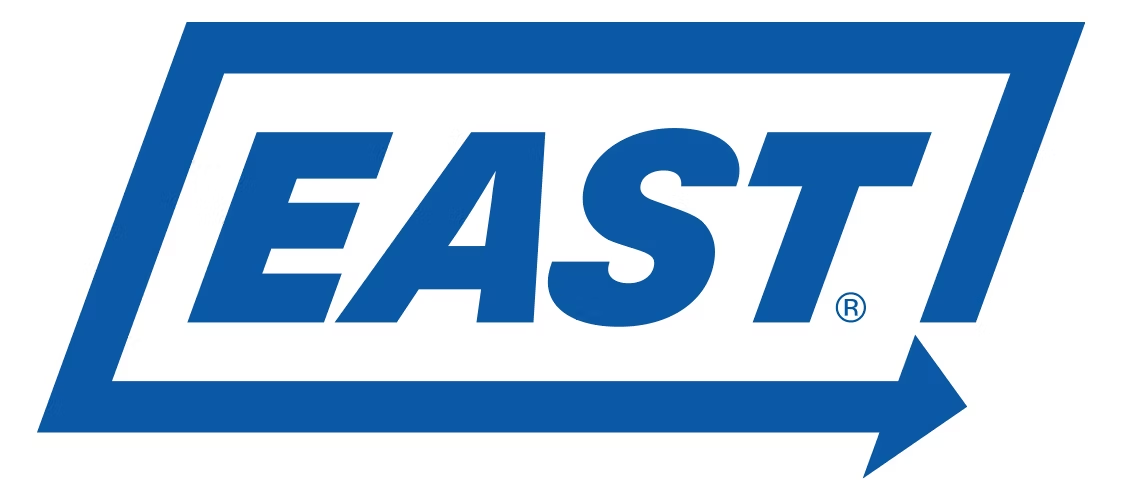Cain Brothers Industry Insights

With our focus on healthcare services, healthcare IT and life sciences, we offer innovative and original perspectives to leaders throughout the industry.
Making Ends Meet: An M&A Banker’s Notes from the Trenches
May 17, 2022 - Banker Commentary by John V. Soden

Every M&A transaction involves running a gauntlet, and each deal presents unique challenges. However, there are common issues that make concluding a deal more difficult.
Deal Complexity: Complex deal structure often exhausts boards who are not accustomed to the concepts and the three-dimensional haggling needed to fine-tune the full constellation of terms. Buyer and seller boards like “simple,” even if it costs them money. Public company boards, in particular, are adverse to anything that might attract shareholder scrutiny, sometimes to the detriment of their own shareholders. This is particularly true for carve-outs of entities from larger companies. These carve-outs involve significantly more legal documentation than public company purchases, a myriad of IT system transitions and license issues, and all sorts of “stand-up” investments needed to make them independent enterprises; moreover, these stand-up requirements can be radically different depending on who the acquiror is.
Business Complexity: Successful deal closing is often elusive for complicated businesses. More complexity leads to more points of potential interpretation (or misinterpretation), disagreement, and buyer opportunism. Businesses with many facets, regulatory risks, reimbursement issues, and due diligence issues are unavoidably more challenging to transact. Consequently, often the best one can do is to prepare well and be transparent about the issues, so that the buyers can get comfortable with them.
Due Diligence Pitfalls: While a lack of competition is often the cause of re-trades and difficult negotiations for sellers, drip-feeding the disclosure of sensitive information, poor data room preparation, and inaccurate financials are typically the bigger culprits. Angst over revealing too much information to a buyer – particularly a competitor – often leads to very lengthy negotiations as the seller goes through a dance of a thousand veils, revealing increasingly sensitive information in a sequential manner. Sellers have a strong preference to not illuminate flaws on the front end, so the frustrating and slow flow of information to buyer diligence teams is often punctuated with disappointing disclosures. This kills buyer momentum, especially for a corporate acquiror, where the managers of individual diligence functions tend to hyper-focus on their allocated area; in addition, mid-level executives want to avoid career-damaging decisions, so they often make a big deal out of minor items to deflect future blame. Private equity financial sponsors, by contrast, see the world in a more holistic fashion, stoically weighing the good and the bad from diligence, but they are far more likely to act opportunistically than most corporate acquirors when negative diligence findings arise. Regardless, frustrating diligence efforts lead to poor outcomes, sometimes involving fundamental concerns about the seller’s integrity.
The CEO Problem: Public company CEOs can be seen as falling into one of two buckets: 1) those who are fully supported by their boards; and 2) those who are less well aligned with their directors. A CEO who is well aligned with his or her board, particularly a newer CEO, can be surprisingly effective at convincing directors of a plan to enhance shareholder value that does not involve a sale. This is particularly true of technology-oriented companies, due to dramatic value expansion that new innovations can create and the higher risk appetite of those boards.
Over-hyping: Management teams and bankers often fall victim to over-hyping the performance of a business, and/or overly bullish signaling to the market when going through a sale process. In the latter instance, the buyers generally tell sellers what they want to hear right up until they decide to drop out of a process. One company I can recall received 71 initial indications of interest, conducted 11 management presentations, and saw 10 parties drop out. The banker had indicated too high an EBITDA multiple on the front end. Most of the 10 parties who dropped would have acquired the company for 1.5x to 2x EBITDA less, but they did not think it would be a good use of their time to proceed with the process. The remaining party acquired the business at 9.5x EBITDA, which compared favorably (for the buyer) to the 12x guidance from the banker. Process momentum can also be impaired if management has overplayed its hand when it comes to the projected performance of the business. You want buyers to see (and look for) upsides and synergies, which is hard to do once the base case is discredited. Once the tide of sentiment turns on a deal, it is very hard to reverse course.
Archives
See our monthly industry insights below:





















